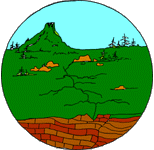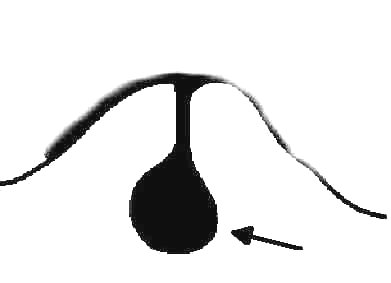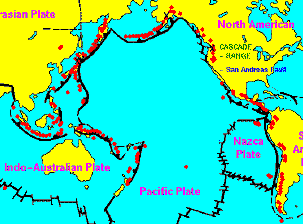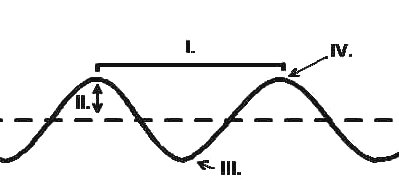|
|
1. The following picture is of a shield volcano. The
arrow is pointing to what structure?
2. A composite volcano is unique because it is ________.
3. The following world map illustrates a unique section of volcanic and earthquake activity. The name of this area is called ________.
4. The elements combined due to volcanic activity to form water are ________.
5. You are least likely to find volcanoes at ________.
6. The energy produced by earthquakes travels in ________.
Examine the diagram below and answer the following questions:
7. Where is the wavelength?
8. Where is the trough?
9. Where is the waveheight?
10. Where is the crest?
Use the following diagrams to answer questions 11-13.
11. Which wave represents the greatest energy?
12. Which has the shortest wavelength?
13. Which has the longest wavelength?
ANSWERS: 1.(A); 2.(A); 3.(C); 4.(B); 5.(B); 6.(C); 7.(A); 8.(C); 9.(B); 10.(D); 11.(C); 12.(C); 13.(D); 14.(C); 15.(B); 16.(A) |

 Plate
Tectonic
Plate
Tectonic  A. magma
A. magma


 14. Identify the following motion at a plate
boundary.
14. Identify the following motion at a plate
boundary. 15. Identify the following motion at a plate
boundary.
15. Identify the following motion at a plate
boundary. 16. Identify the following motion at a plate
boundary.
16. Identify the following motion at a plate
boundary.